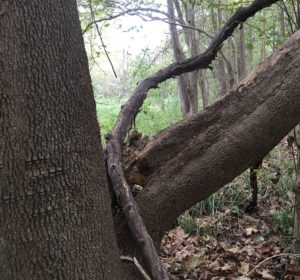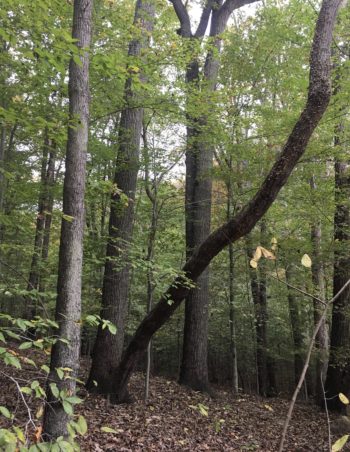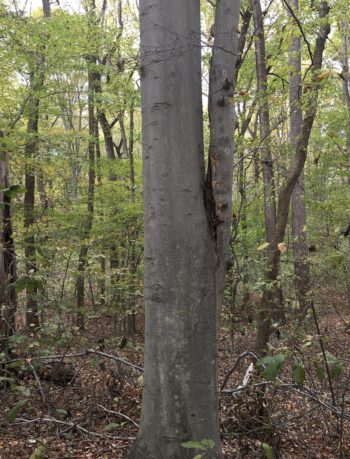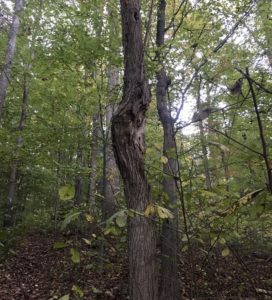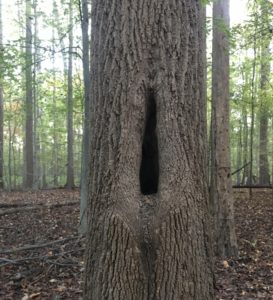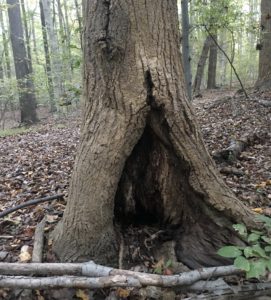Tree Growing Patterns & Flaws
Two Tree Assessment Considerations
Growing patterns and flaws are two of many things that are considered when we make an assessment of a tree situation. Trees are a function of their environment, and as a result, the end decision is a synthesis of all factors. For example, a tree with a large structural flaw 50 feet up the trunk maybe fine in the forest. The forest canopy provides protection from the direct force of strong winds. However, that tree standing alone in a residential area maybe a significant safety hazard. Similarly, odd growing branches and leaning trees are everywhere in the forest, but standing alone in your yard increases the risk factor.
Growing Patterns
Growing patterns in live and dead trees, contribute to increased safety risks and cost to remove. When trees or large limbs lean towards things of value, it requires more technical skill to remove them safely. They can also present more of a safety risk. Obviously, trees leaning towards or limbs hanging over a structure are more likely to fall on the structure. When there are odd growing patterns and flaws risk factors are compounded. This doesn’t always mean that removal is the only option. If the tree is healthy, decreasing the weight of the branches over the structure or pruning to rebalance the canopy maybe an option.
Structural Flaws
Faulty crotches, the place where two limbs emerge from, are also assessments that we consider carefully. Crotches can sometimes have cracks which decreases their structural strength. If one lead is dead or leaning significantly, the result can be an increase in the risk of failure.
Animal holes or rotten spots anywhere in a branch or trunk should always be evaluated. Depending on where the compromised area is, determines how much of a safety risk the tree or branch is. Sometimes animal holes can extend for several feet inside of a trunk. We may inspect the area to more accurately make an assessment.
